
 I first saw the Mossberg 464 SPX while attending a seminar at Gunsite sponsored by Mossberg, EOTech and Winchester. Being raised on ranches, my first thought was, “Someone is going to hell for hanging that stuff on a saddle gun.”
I first saw the Mossberg 464 SPX while attending a seminar at Gunsite sponsored by Mossberg, EOTech and Winchester. Being raised on ranches, my first thought was, “Someone is going to hell for hanging that stuff on a saddle gun.”
That “stuff” included a forend that had Picatinny rails at the three, six and nine o’clock positions, an M4-type collapsible stock, and a flash hider.
During the next three days, we fired several models from Mossberg’s shotgun lineup as well as their AR-type rifle, the MMR (ENTRY-LEVEL CARBINE: Mossberg Modern Rifle Tactical, September 2012 S.W.A.T.). We did not get around to firing the lever-action 464 SPX, but it remained on display—as if taunting me—directly in front of the table I sat at in the classroom. But the more I looked at it, the more I began to like it, and logic slowly replaced my initial disdain for the rifle.
After the seminar was over, I contacted Linda Powell at Mossberg and requested one for test and evaluation.
Table of Contents
MOSSBERG 464 SPX SPECS
The first thing I did when the nefarious Assault Weapons Ban was allowed to sunset was have the barrels threaded for a flash hider on any post-ban uppers I had acquired. Reducing the signature and not giving away your location to an opponent are good things. OK, I guess I could live with the A2-type flash hider on a lever gun.
I am a big believer in having a light mounted on any long gun that may be used for self-defense. A bright light may confuse or disorient an aggressor, and most importantly allows the vital target identification that is needed before the trigger is pressed.
While the 464 SPX will not fit into a scabbard with a light attached, I figured a light with a quick-detachable mount—if I were on horseback—could be carried in my saddlebags and put on when/if needed. The rifle comes complete with ladder-type rail covers and so it would not snag on leather when being slid into a scabbard, or abrade skin when firing. While not as handsome as walnut, the rails are more functional.
But what about that collapsible stock? To be honest, it took me some time to get used to, though it’s one thing I still can’t get a warm and fuzzy feeling about because of its appearance.
Collapsible stocks are useful on M4s because they can be adjusted to a length of pull (LOP) that not only fits the user’s size, but can be adjusted depending on factors such as heavy/light clothing and armor.
With an adjustable LOP from 10¾ to 145/8 inches, the stock on the Mossberg will fit almost every size shooter.
I’m getting used to the look of the stock on the 464, and to be honest, I’ll take functionality over looks any day of the week.
The finish of the Mossberg 464 SPX is flat black. In addition to those features already mentioned, it has a red fiber-optic insert on the front sight and a green fiber optic on the rear sight, allowing for a three-dot type of sight picture. The rear sight is adjustable for elevation and drift adjustable for windage. The receiver is drilled and tapped for mounting optics.
The length of the button-rifled barrel is 16¼ inches with a 1:10 twist.
There are sling attachment points on the ATI collapsible stock and under the barrel band near the muzzle. Although really not needed for a .30-30, there is a soft rubber recoil pad on the rear of the stock.
There is no half-cock notch on the hammer of the 464. When the rifle is carried with a round in the chamber, a sliding safety—as used on Mossberg shotguns—is located on the tang of the receiver. Well-located and quick to use, in my opinion it’s better than using a half-cock notch as a safety.
Total capacity (including a round in the chamber) is six rounds.
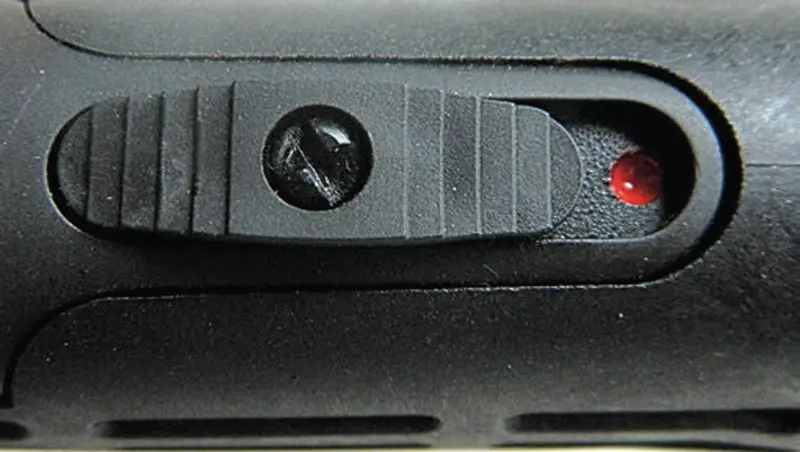
shotguns.
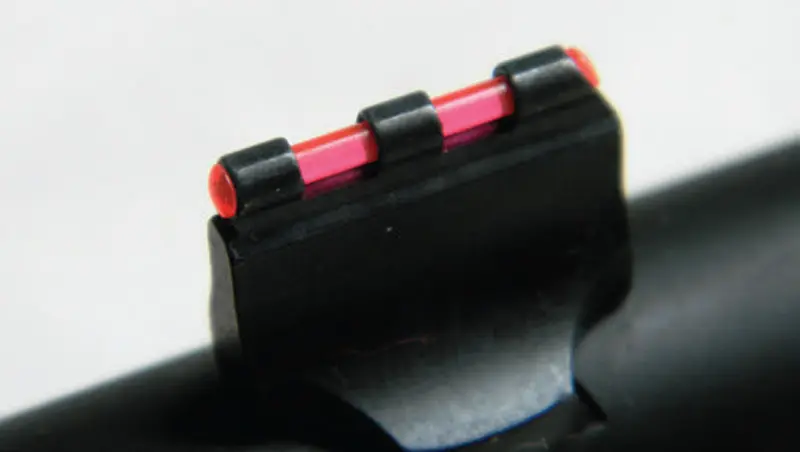
THUTTY-THUTTY
Introduced in 1895 for use in the Winchester Model 94, the .30-30 Winchester, .30 WCF, or simply .30-30, was the first American cartridge to use smokeless powder.
The power of the cartridge is scoffed at by some, but for all intents and purposes, it is on par with the 7.62x39mm used in AKs. It has been said that the .30-30 has legally taken more deer-sized animals than any other cartridge, and judging by the popularity of the round, I don’t doubt it.
Because spire-point bullets loaded in the tubular magazine found on most lever actions could detonate the primer of the next round under recoil, roundnose or flat-nose bullets were the norm for over a century.
In the last few years, Hornady’s LEVERevolution® loads, which use a spire point, can safely be used in tubular magazines because of the flexible elastomer at the tip of the bullet. Ballistically, these loads take the .30-30 to previously unheard-of levels in terms of accuracy and terminal ballistics.
Leaving loads such as Hornady’s LEVERevolution for serious hunting/ social work, and to save a few bucks on practice ammo, I cast my own bullets for the .30-30. I use a 150-grain roundnose cast bullet from a Lee mold sized to .309 with a Hornady gas check. To avoid leading the barrel, even though I use hard-cast bullets, I keep the velocity around 1,400 fps.
These light loads are a hoot to shoot, and while I have a Henry .22 for use as a sub-caliber lever-action trainer, I can shoot my cast bullets for no more than the cost of a box of .22s. Doing so with the actual rifle I will be taking afield scores bonus points.
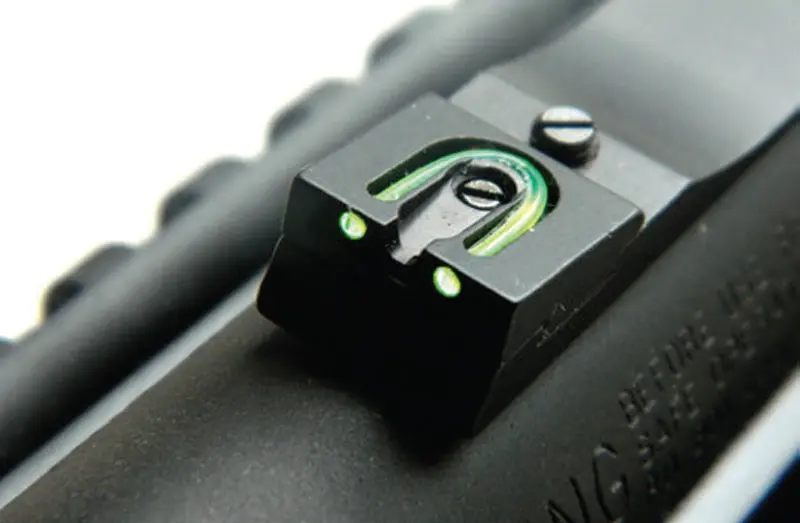
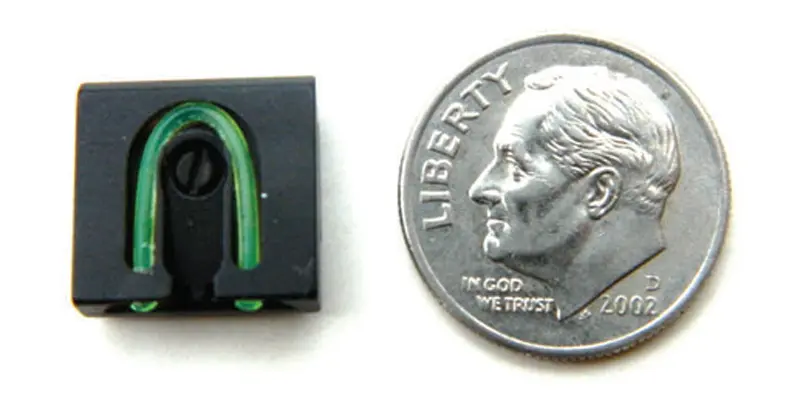
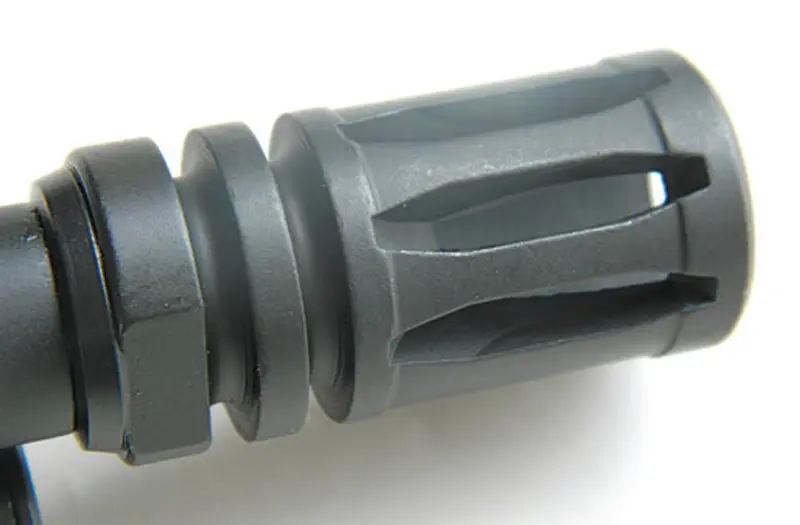

RANGE TIME
For range testing, I assembled seven different loads from four manufacturers and one of my handloads. Bullets ranged in weight from 140 to 170 grains. All were round-nose bullets with the exception of two Hornady LEVER evolution offerings.
Using a PACT Professional XP Chronograph, I proceeded to fire ten rounds of each load to establish velocity out of the 464’s 16¼-inch barrel.
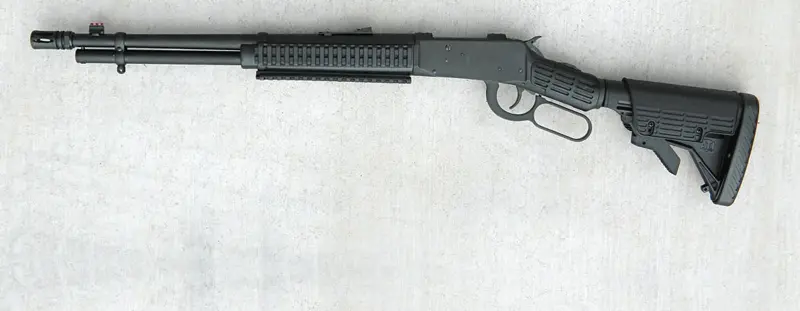
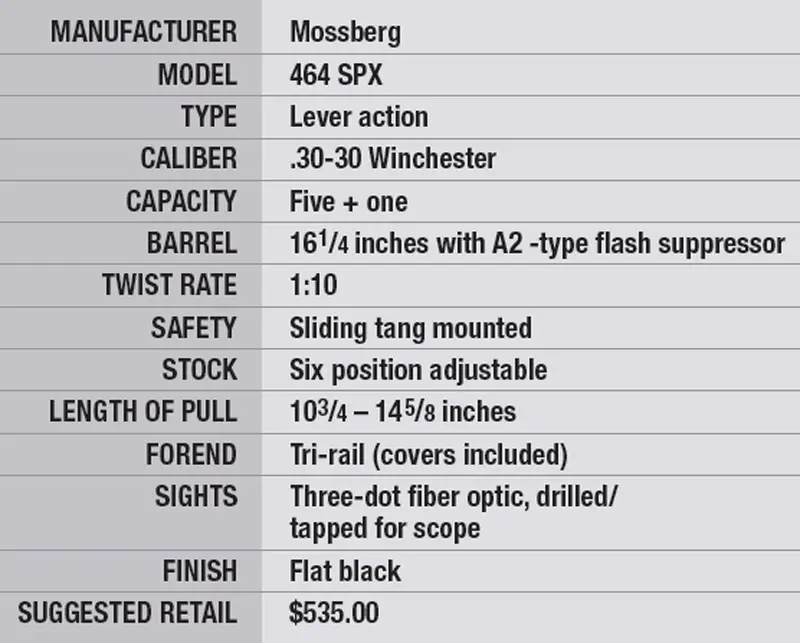
You may notice in the accompanying table that a Winchester load, the 150-grain Silvertip EXP, had slower velocities than I would have expected, and five rounds failed to ignite. To be fair, Winchester does not even list this load on their website any longer, and this particular box of ammo was probably 40 years old. I “rescued” it off a shelf from my dad’s barn years ago, and so it had obviously not been stored under optimal conditions.
To my dismay, the rear sight dropped off the rifle after 40 rounds. More than likely, the grub screw that holds the fiber-optic sight in place had worked loose under recoil. This screw is very small and, not having that small a screwdriver in my range kit, I was not able to replace it on the first outing. I completed the chrono work using only the front sight.
Not wanting to waste the rest of the day, and with monsoon storms predicted and thus not being able to get back to my range for a week, I spent some time shooting the 464 SPX with only the front sight.
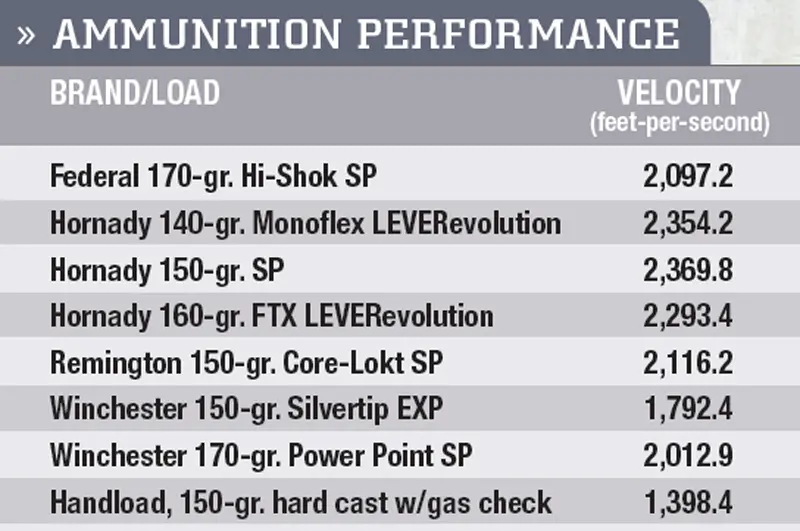
From 25 yards, I was pleased to see center-mass groups on the IPSC target. The groups were nothing to write home about—especially at that close distance—but it’s nice to know that the natural pointing characteristics of the rifle will allow one to get hits in a pinch at close range.
A week later, with the rear sight’s grub screw tightened down and blue Loctite® applied, I returned to the range to conclude the evaluation.
Shooting from prone at 100 yards, the traditional blunt-nose loads were capable of groups averaging around six to seven inches. Both of the Hornady LEVERevolution loads, with their superior bullet profiles, went into five inches.
Considering the groups were an average of ten rounds and were fired with the issue fiber-optic iron sights, I was satisfied with both the accuracy of the 464 SPX and my own performance. Accuracy would be aided, of course, if one chose to take advantage of the rifle’s tapped receiver and mounted a scope.
Reliability, as should be expected from a lever action, was perfect.
CONCLUSION
One thing I did not like about the 464 SPX had to do with the fiber-optic sights. While they were bright and gathered light, making them very visible, I feel the order they were placed is backwards.
The human eye sees green better than any other color, and I would prefer the front sight to have the green fiber optic and the rear sight to have the red. When there was just enough light available for the fiber optics to do what they are designed for, the green rear sight overwhelmed the red front sight to the point of making it almost indiscernible—and it’s the front sight we need to focus on.
It’s likely that the Mossberg 464 SPX will actually see more use from a rack in a vehicle than from a saddle scabbard. In rural areas, where overpenetration is not as big an issue as it is in urban environments, and equipped with a light, it would also make a reliable homedefense weapon. For those concerned about zombies, Mossberg also produces a version with the green ZMB logo on the left side of the receiver.
Now that my Luddite brain has gotten past what a lever-action rifle is “supposed” to look like, I can give high marks to the Mossberg 464 SPX.

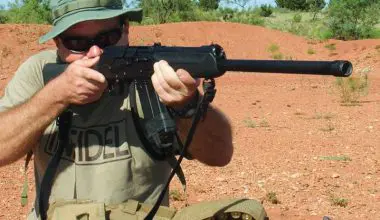

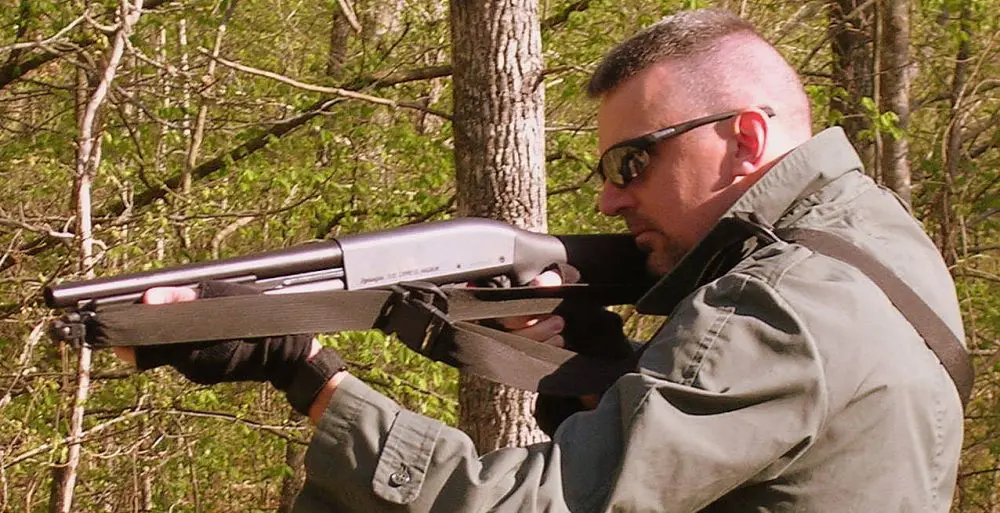
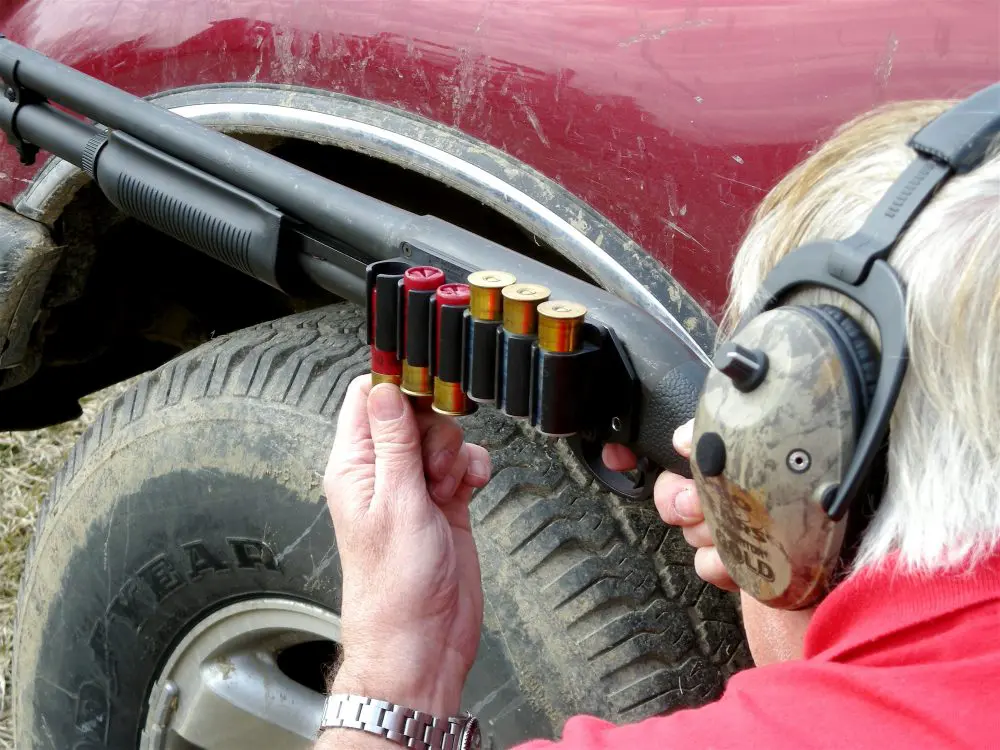
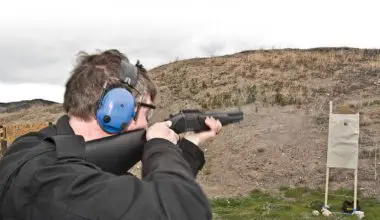
1 comment